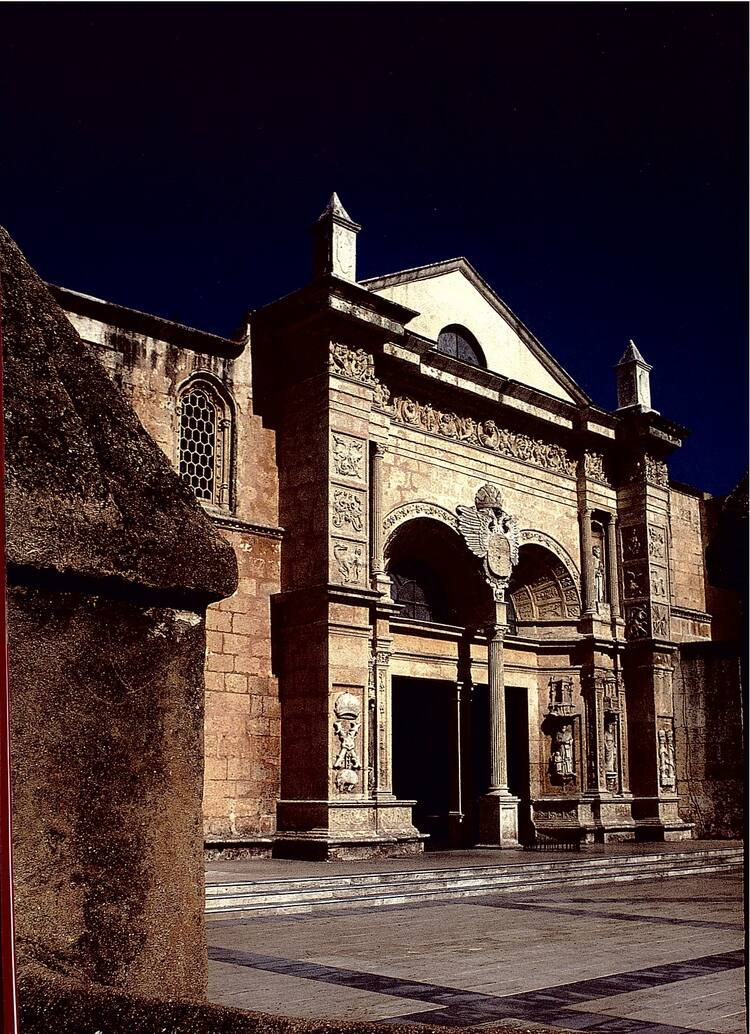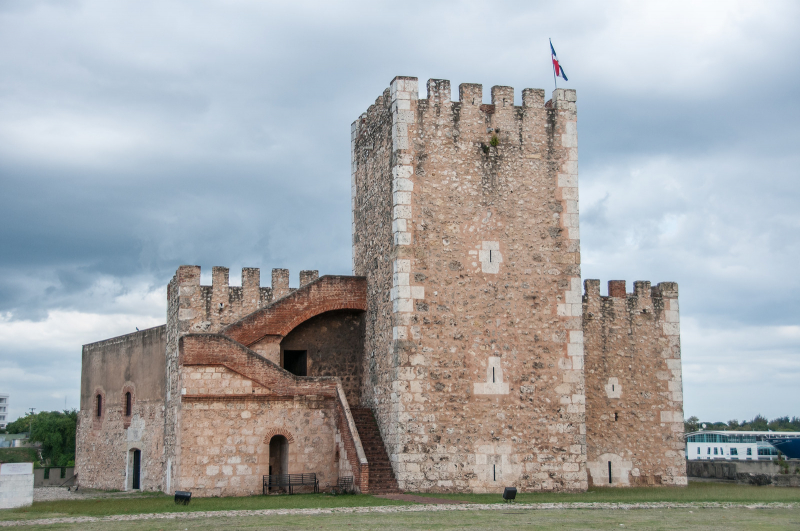Santo Domingo is a UNESCO World Heritage Site
Santo Domingo became the site of the first church, hospital, customs house, and university in the Americas after Christopher Columbus arrived on the island in 1492. This 1498 colonial town was set up on a grid design that became the paradigm for practically all New World town planners.
The Colonial City of Santo Domingo, encircled by walls, has kept the extent of its land, its grid pattern, and the majority of its architectural significant features practically intact. Except for a few notable exceptions, it has maintained its historic scale, including street widths, property sizes, and building heights. It has blended architecture from numerous eras, including its forms, styles, materials, and construction processes, to enrich knowledge and interpretation of its economic, social, and cultural growth as a living historical center.
It preserves its social fiber, its high symbolic value, and, in general, the various applications that characterize the foundation's early structures. Despite the constraints of property growth, hurricane and earthquake damage, the key features that underpin the City of Santo Domingo's functional and physical integrity are intact.
Official name: Colonial City of Santo Domingo
State Party: Dominican Republic
Region: Latin America and the Caribbean












